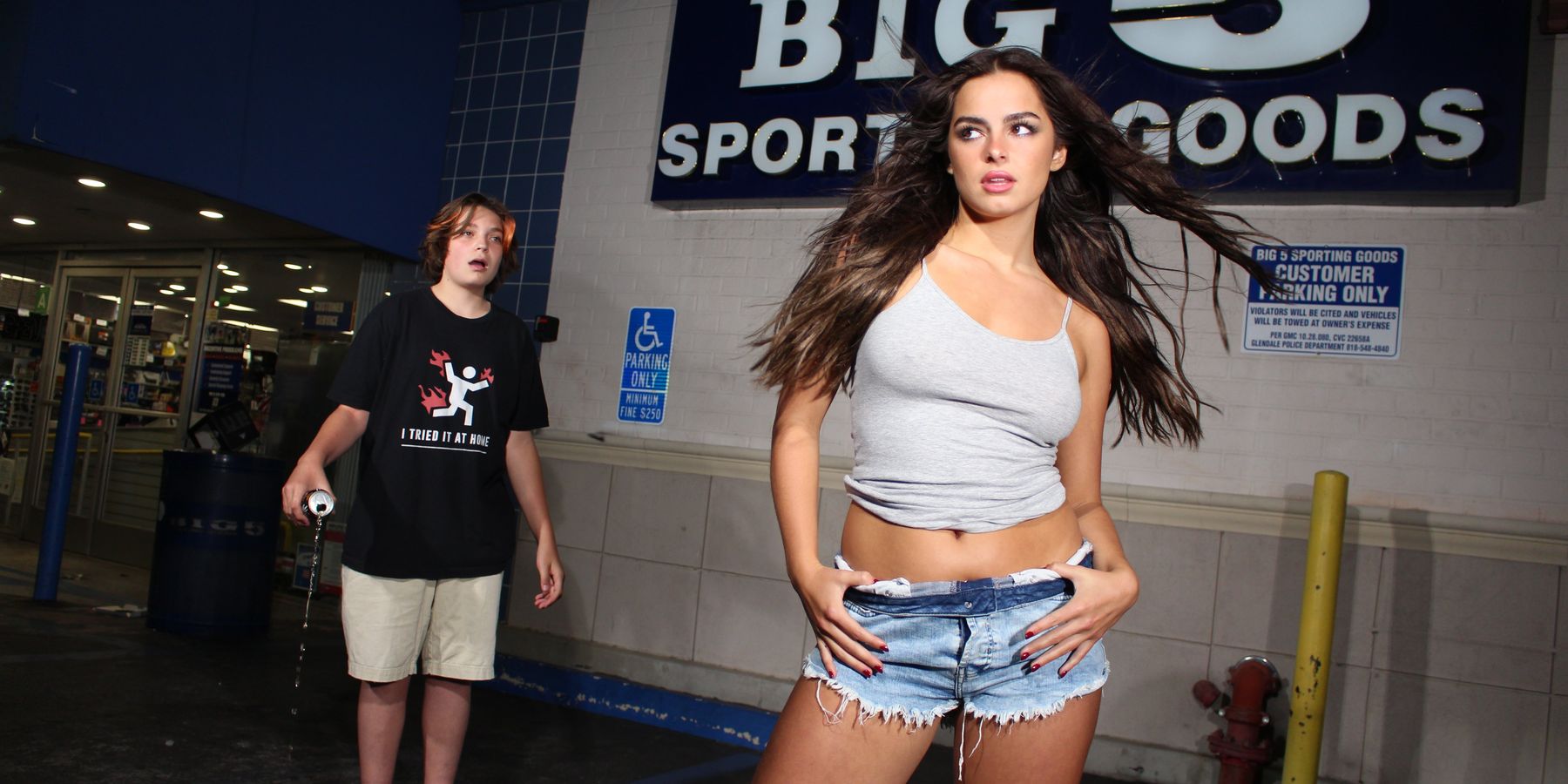
Anonymous Gallery's 'Photography Then' Blurs Familiar and Fantasy
BY
Justin Moran | Apr 16, 2023

New York-based curator K.O. Nnamdie is interested in the state of United States culture as it stands today, pulling together a tight collection of images that could eventually be referenced as a snapshot of where we are — or, were, rather. Displayed at Anonymous Gallery in Manhattan, its title “Photography Then” looks backwards despite the exhibition being organized in present tense with recent work.
This time warp is fitting for a period when references are all flattened to one endless timeline of imagery on our phones, making it difficult to distinguish when something was made, its social context and whether or not it’s intended to be satirical, serious or neither. For Nnamdie, “Photography Then” begs the question: What even is an era anymore?
Take, for example, Alyssa Kazew’s photo of five shirtless men, smiling with six packs on a perfectly green suburban lawn. Without understanding its relationship to an “art show” or the photographer’s background, it might seem superficial and commercial, like a stock photo stuck in the early aughts when Abercrombie & Fitch perfection defined aspirational imagery. Inside “Photography Then,” though, it reads as self-aware, nostalgic and tongue-in-cheek.
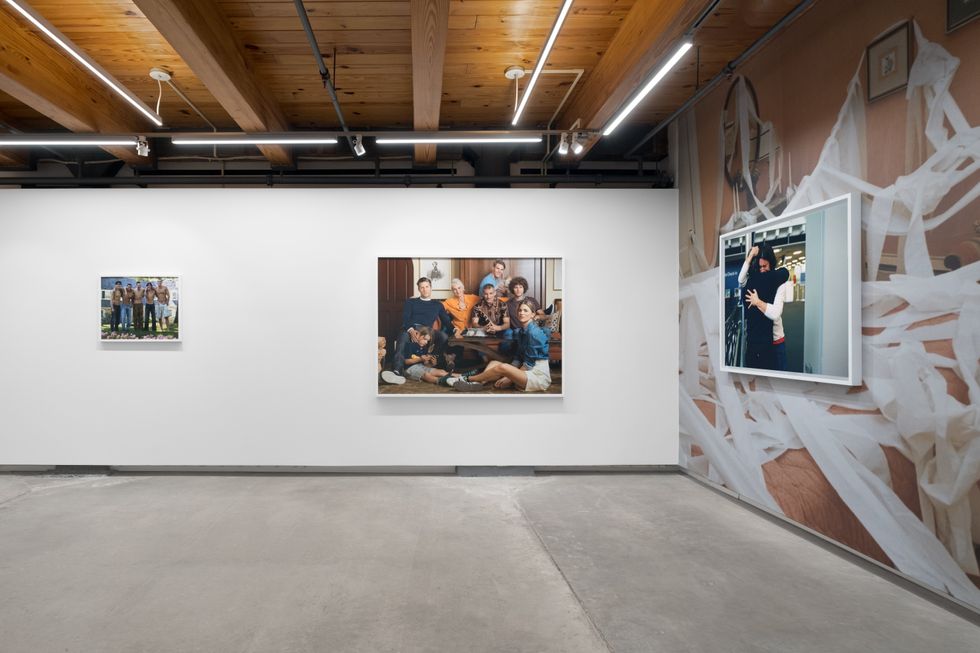
But is this differentiation really all that important?
Jesse Gouveia’s photo, “Saying Goodbye,” depicts a teary goodbye hug inside an airport, raising questions about whether it’s performed or a snapshot of reality. Either way, the work is familiar, like an image we’ve seen many times throughout our lives and can therefore immediately understand. This relationship could make a viewer emotionally connect to it more, or perhaps feel nothing as a result of its common qualities.
Chessa Subbiondo shot TikTok star Addison Rae in denim cut-offs with her hair blowing, as a pre-teen boy stands in awe spilling his ice cream. An acknowledgment of the American Sweetheart archetype, this image also looks familiar: There’s David LaChapelle’s 2000 shot of fellow famous person Britney Spears and, even further back, the iconic The Birth of Venus. Only for Subbiondo, Botticelli's beautifully painted highlights are traded for late-night flash photography.
Through it all, familiarity can be interpreted as a fantasy, or fantasy as familiarity, making Nnamdie’s “Photography Then” a fascinating examination of the American Dream, and all its smoke and mirrors. Because United States culture in 2023 is as simple or complex as we allow ourselves to believe. Below, Anonymous Gallery's curator breaks it all down for PAPER.
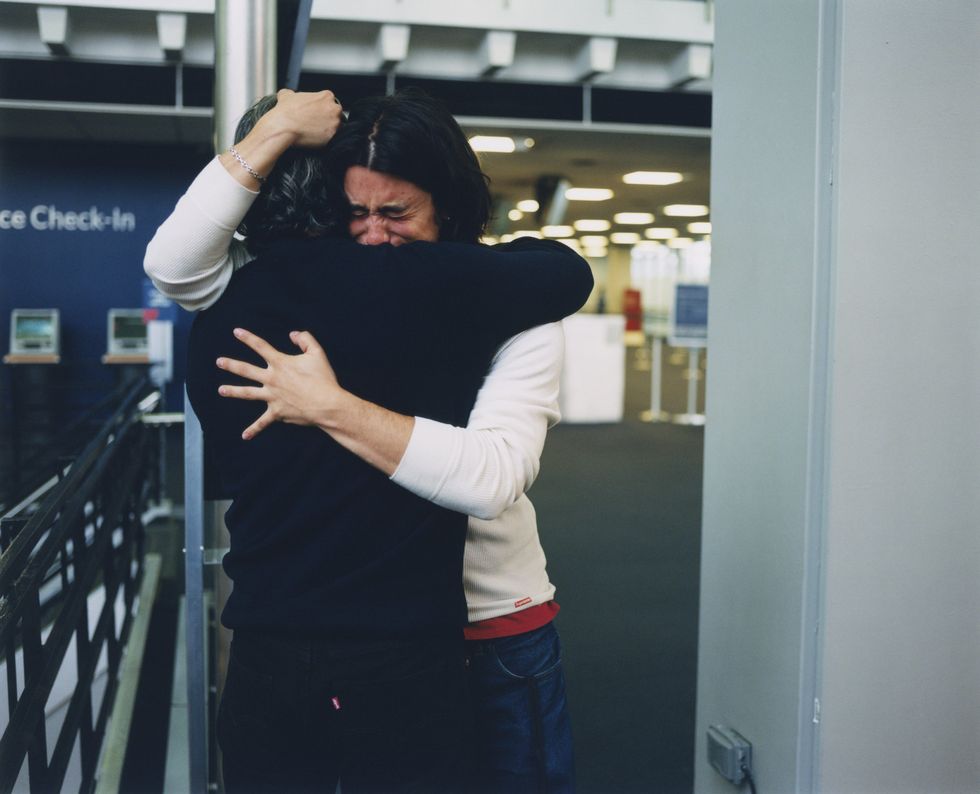
Jesse Gouveia
Where so many exhibitions aim to bring viewers into a world of fantasy, this one focuses on familiarity. Why was that an interesting source of inspiration for you to explore, right now?
This familiar world is actually based on fantasy. The American Dream is the fantasy many collectively learned to align with first. It was necessary to bring focus to this familiar concept embedded in our society.
Collectively, what does this exhibition say about our lifestyle today in the United States?
That we are happy to play with or become an archetype, even temporarily.
Selfishness drives a lot of the image-making in our world today. Do you think there’s comfort in seeing things we already understand?
I don't agree that selfishness drives a lot of image-making in our society today. From the amateur to the professional image-maker, the initial drive is to share — to pass on a message or memory in a bottle, to communicate. Afterward, perhaps the ego may come into the conversation. We can think about the selfie, this act is performed to broadcast ideas about the self.
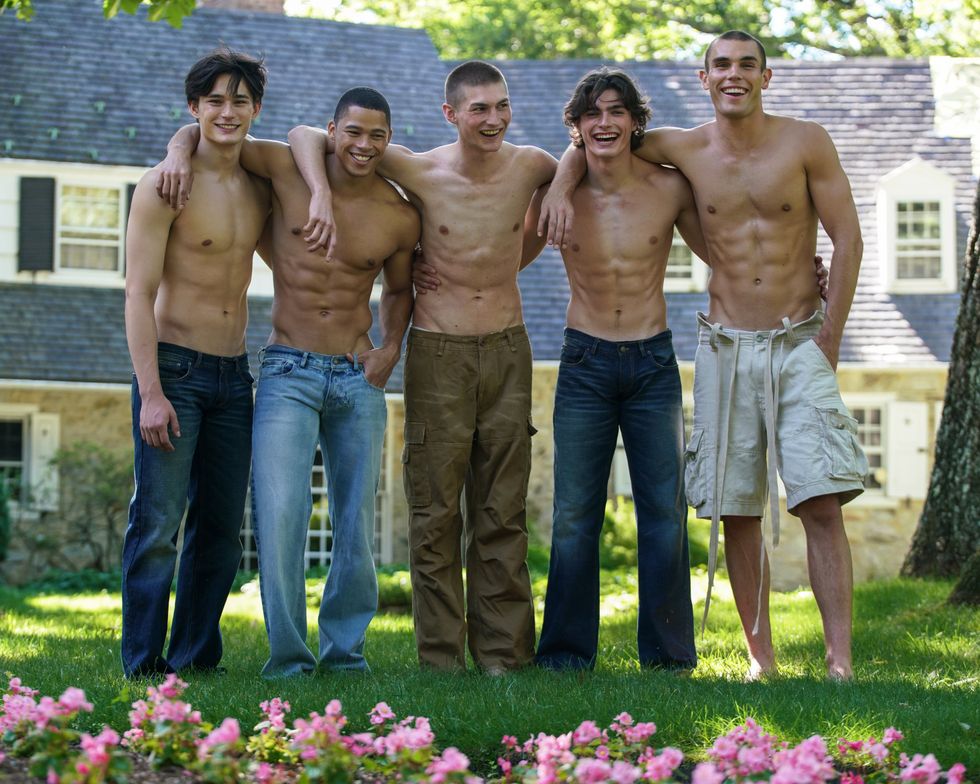
Alyssa Kazew
What is the greater through line that you see with these photographers and their work?
That these artists are brilliantly showcasing ways they work with the medium and history of photography, sometimes even pinning it against itself.
Addison Rae is the only celebrity face in the exhibition. Was this intentional and do you find that its integration makes a statement about fame, if at all?
Addison is embodying an archetype. She is aligning quite literally with America's Sweetheart herself, Britney Spears. Here is where she once stood in that same pose for David LaChapelle in 2000.
I wouldn't think of this image as an interrogation, but more as an invitation to witness the birth of something becoming fully formed or a glow-up. It does make a statement about the history of fame, but this statement feels more accessible.
I also love that Chessa Subbiondo's Addison Rae, 2022 is interestingly similar to Sandro Botticelli's The Birth of Venus, 1485–1486. Both are positioned simply in a state of transformation.
What prediction about all our futures does this body of work make?
The show holds space for questions about our future, but doesn't take an active stance on a prediction. Nor do I believe it could, as it is a mirror.
This show is an example of late capitalist new media. The idea that there is never really a period of stasis is present here. Production is ever accelerating and expanding, therefore so is our appetite for consumption. The pace of algorithms and media productions reflect this also.
So there's always going to be a flow of new images, spectacles and dramas. That American apparel complex went away, so it could come back. It really begs the question, What even is an era anymore? How long does one last and what counts as one?
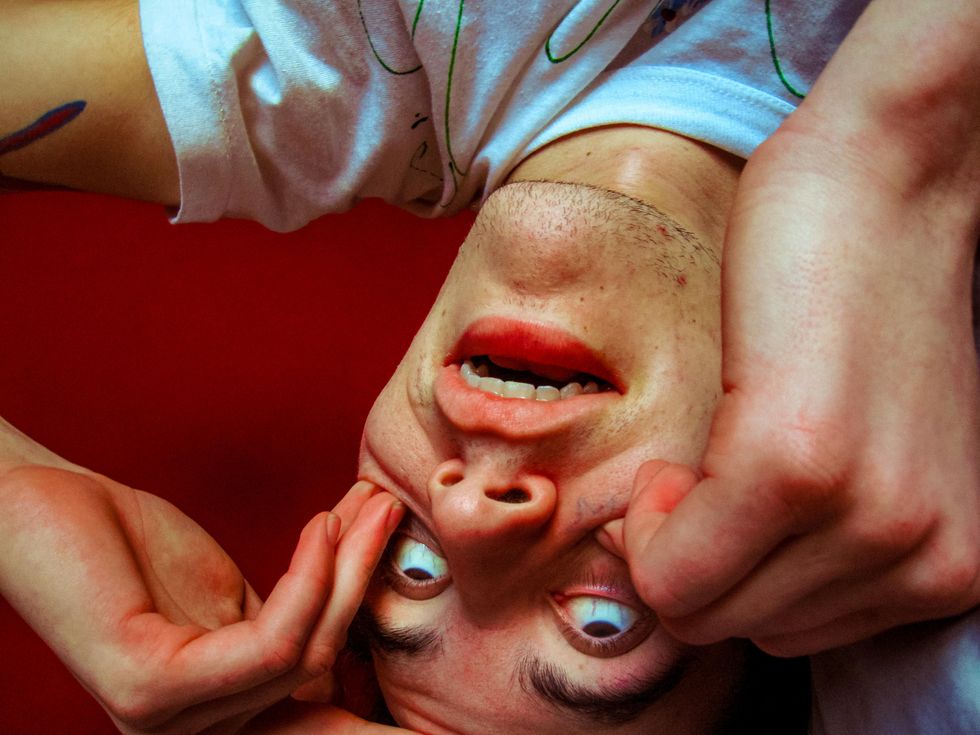
Thomas Polcaster
Photos courtesy of the artists and Anonymous Gallery